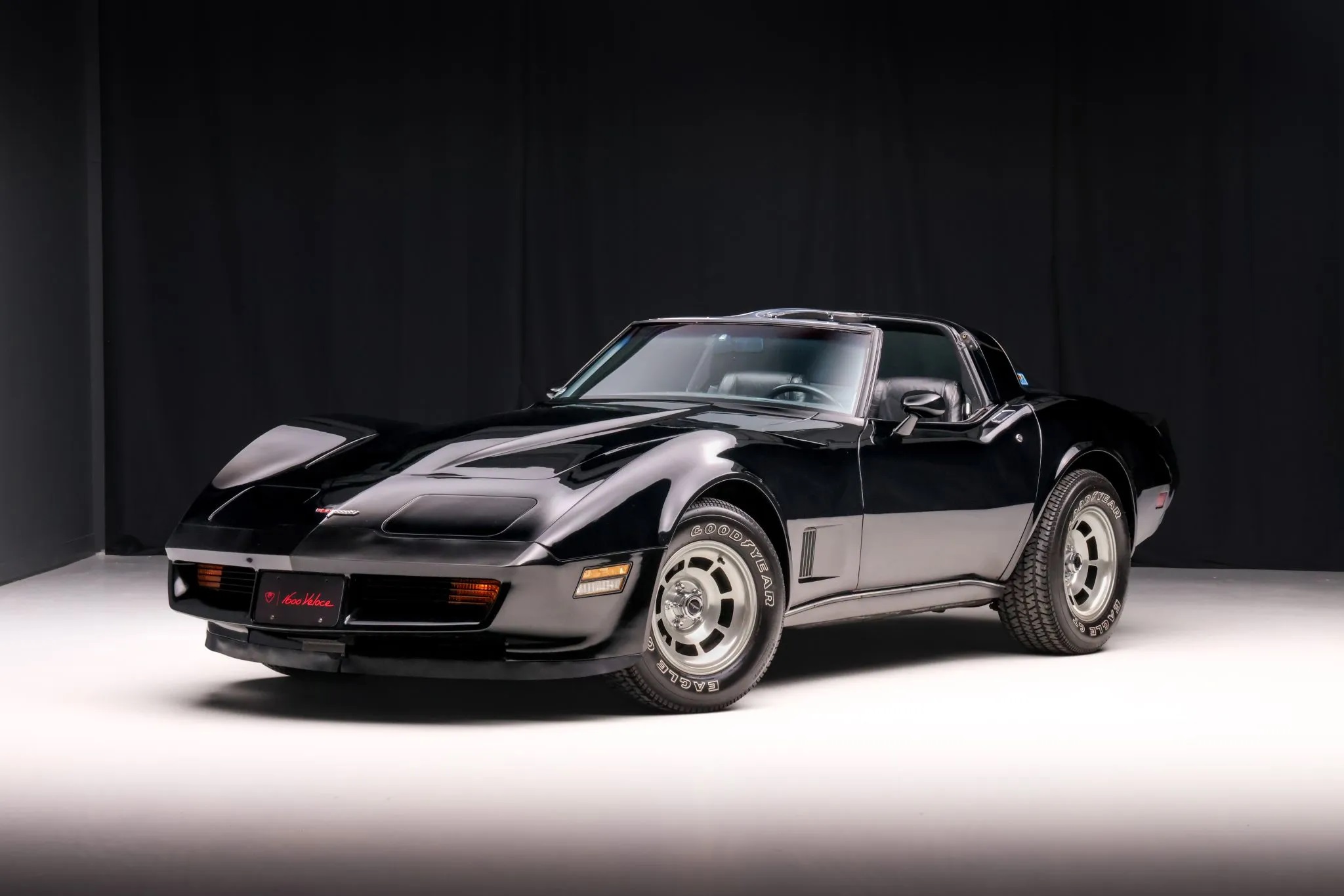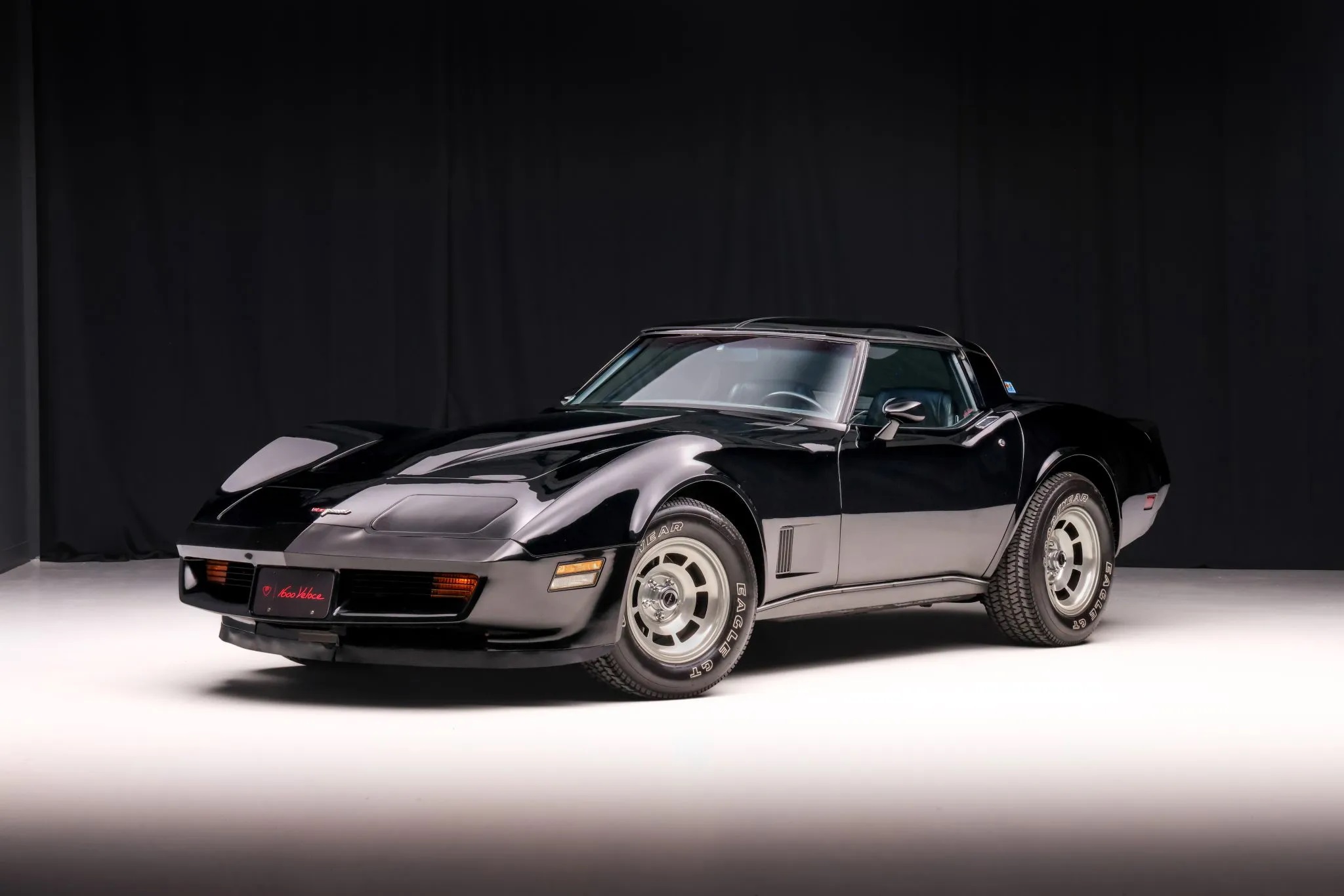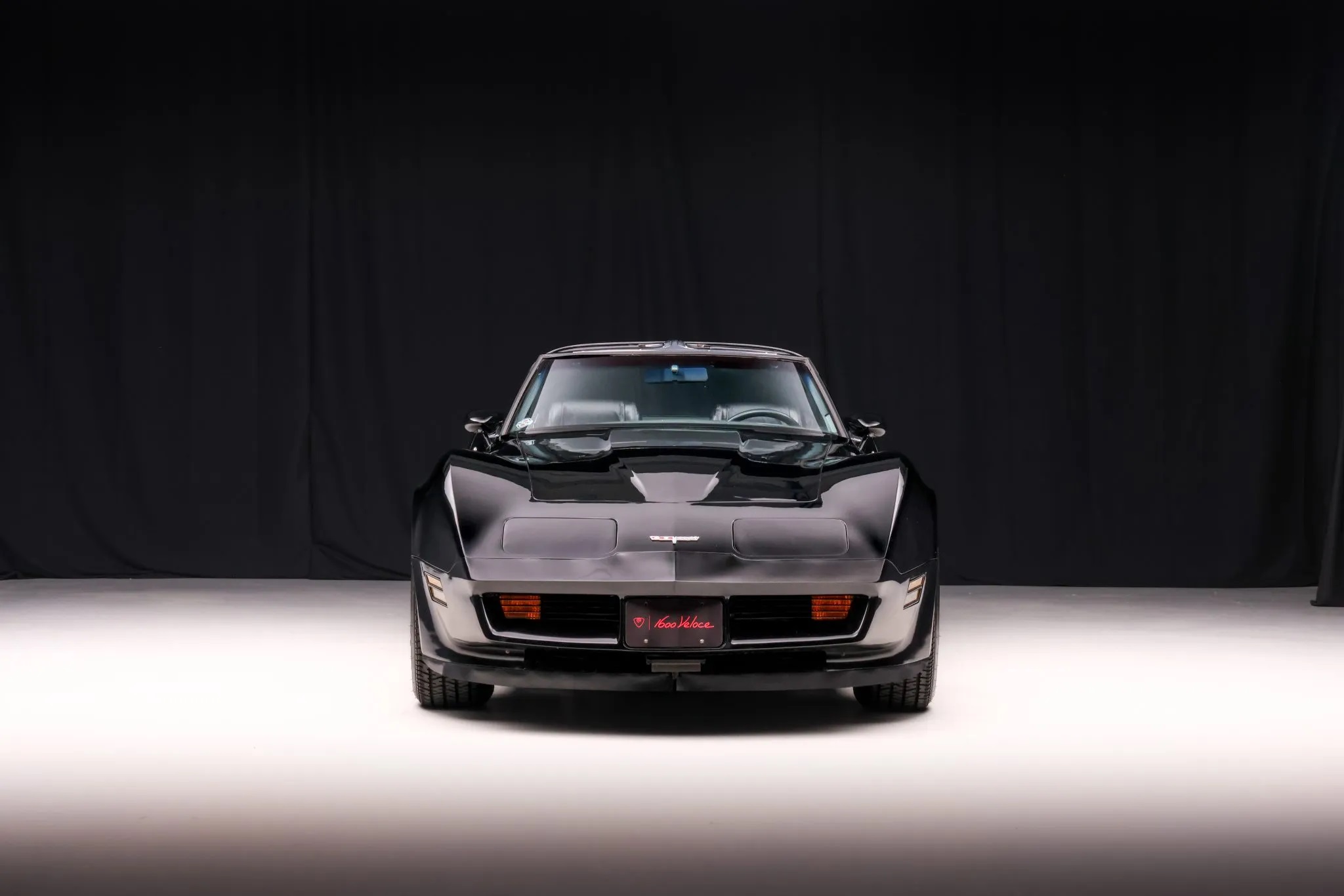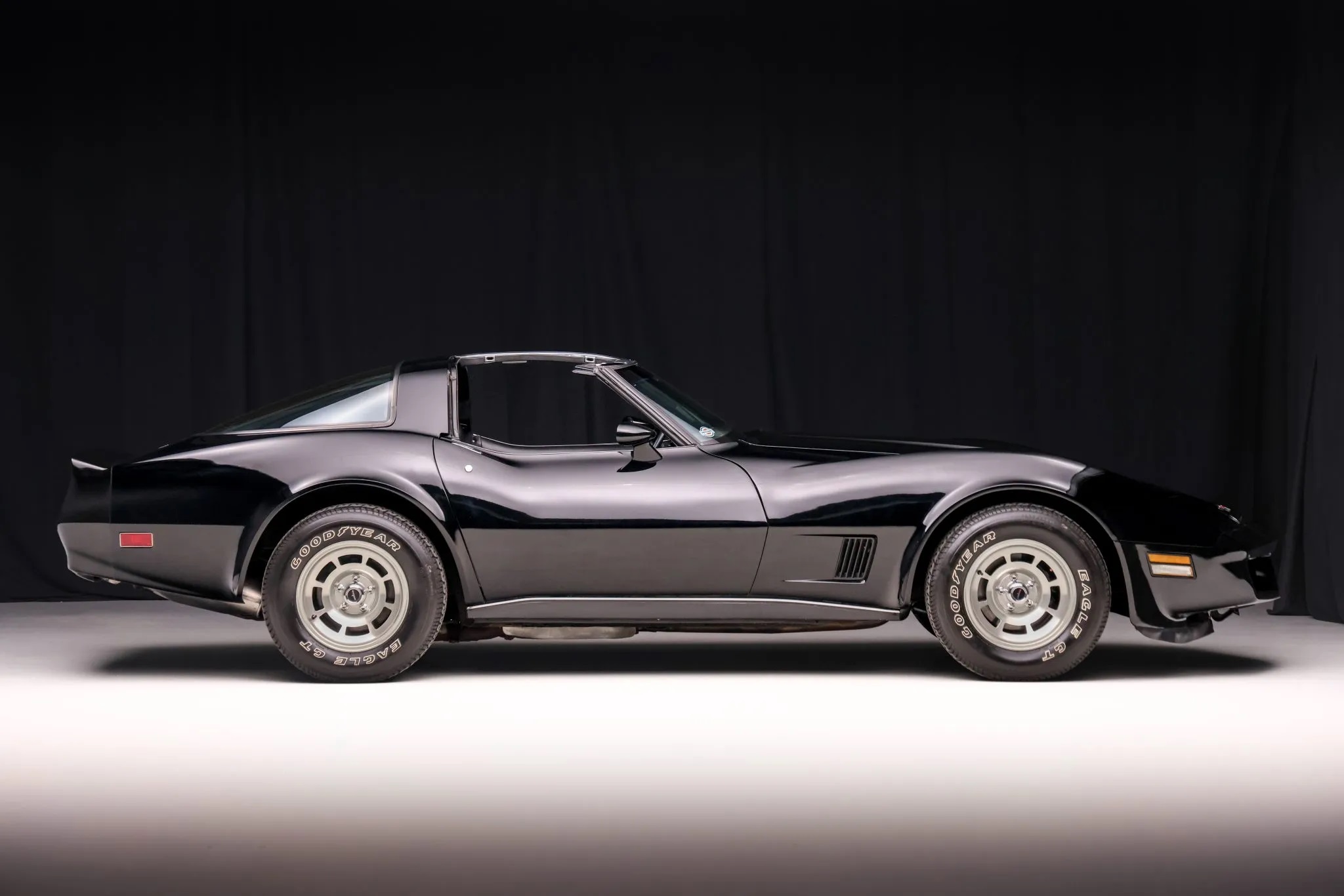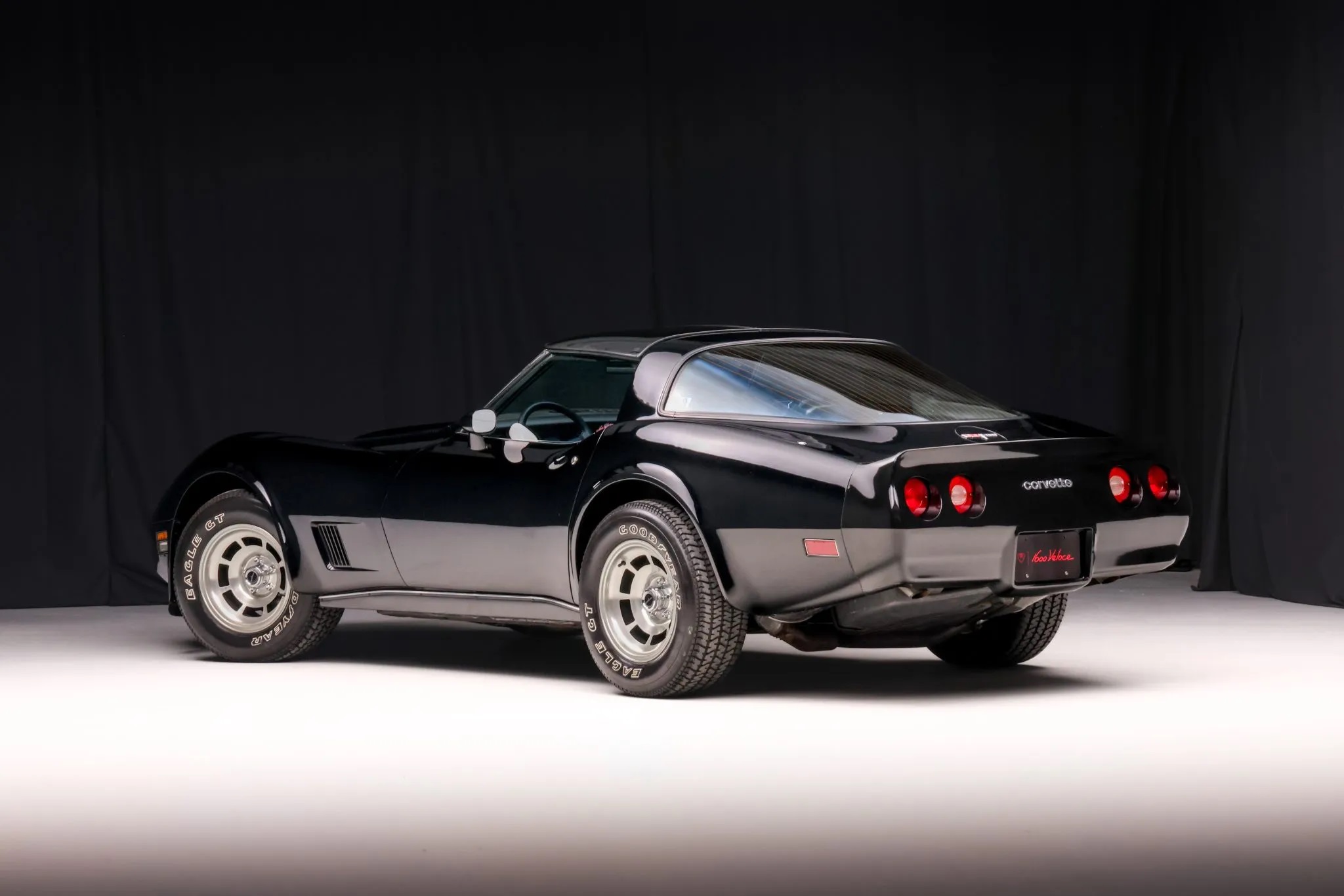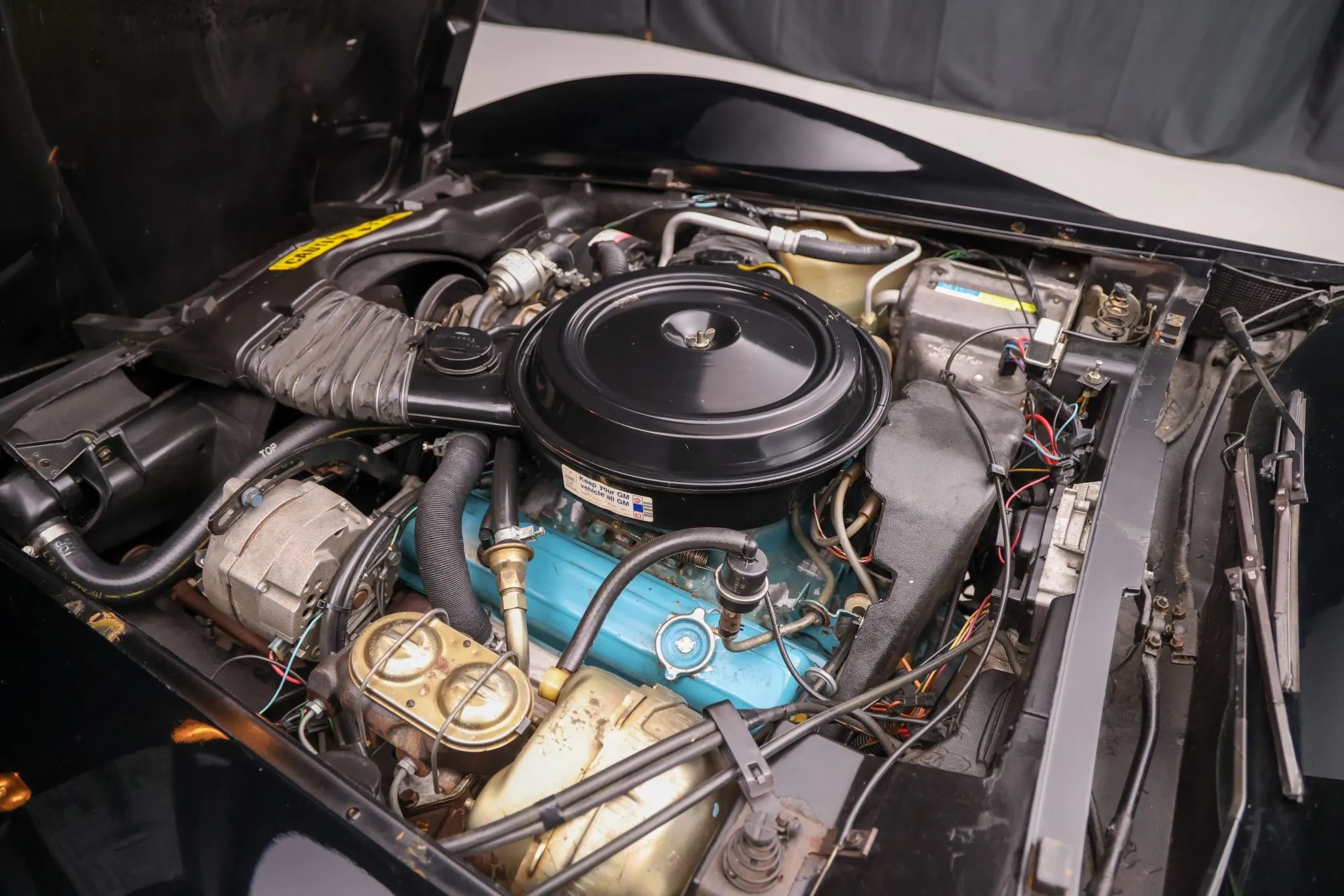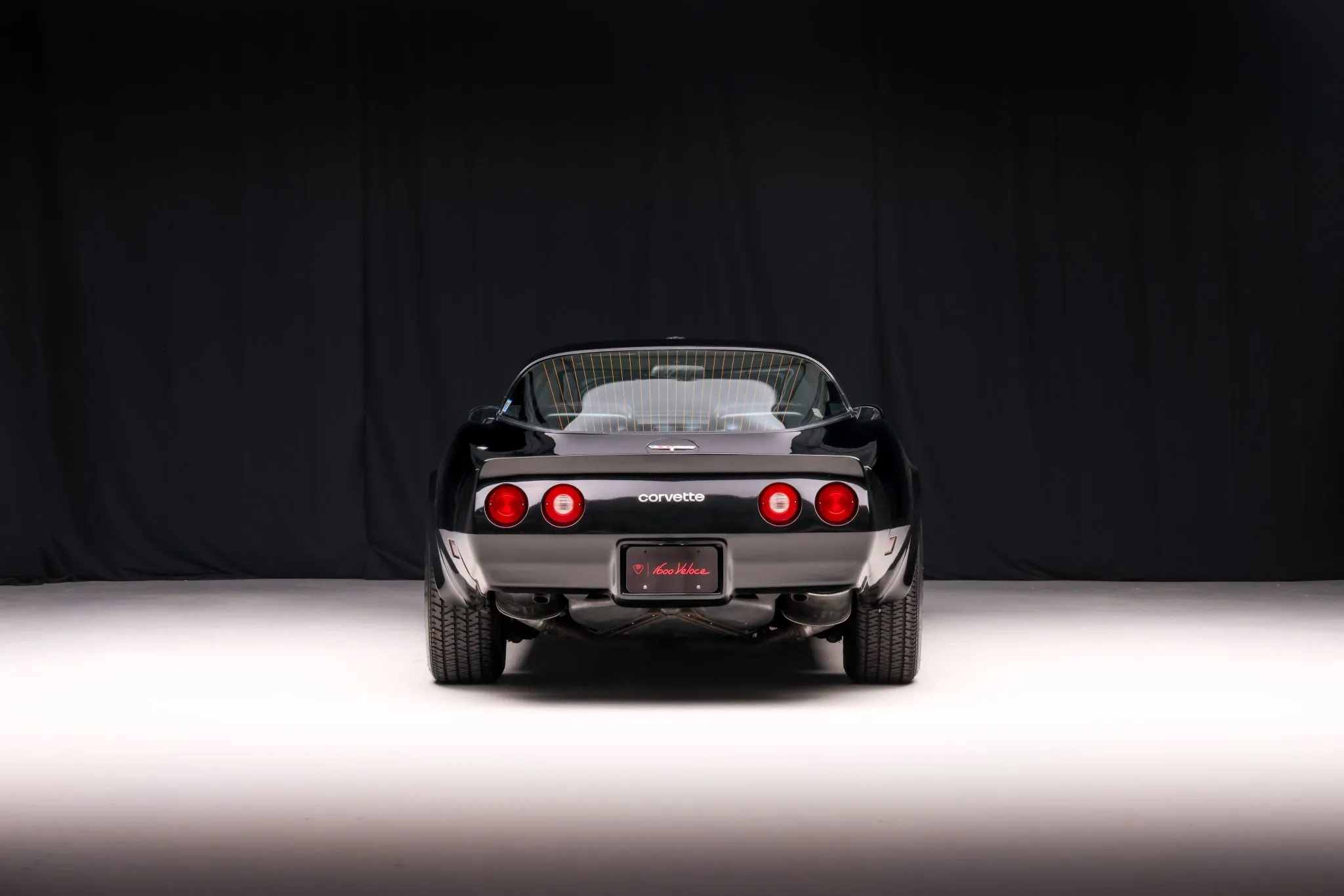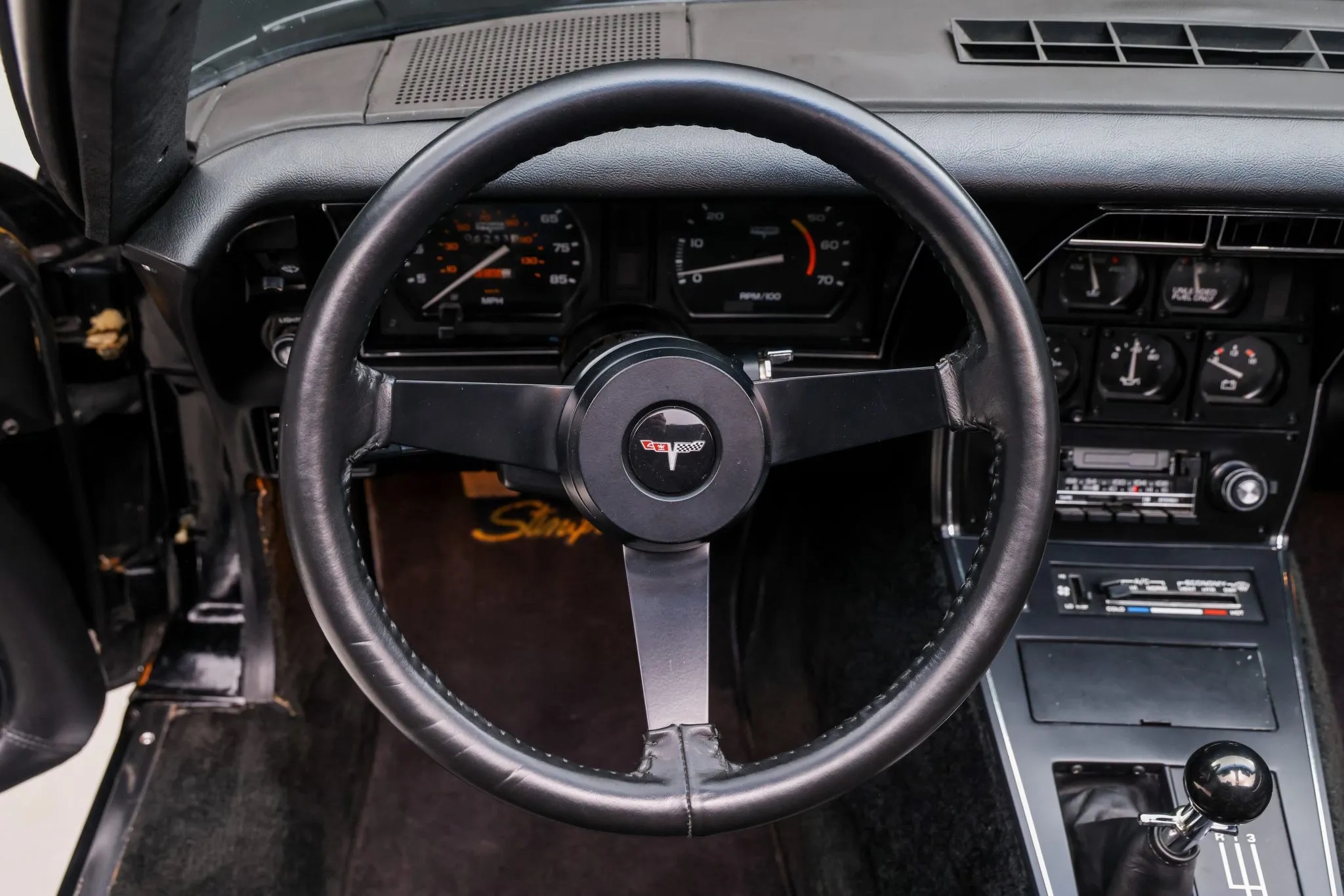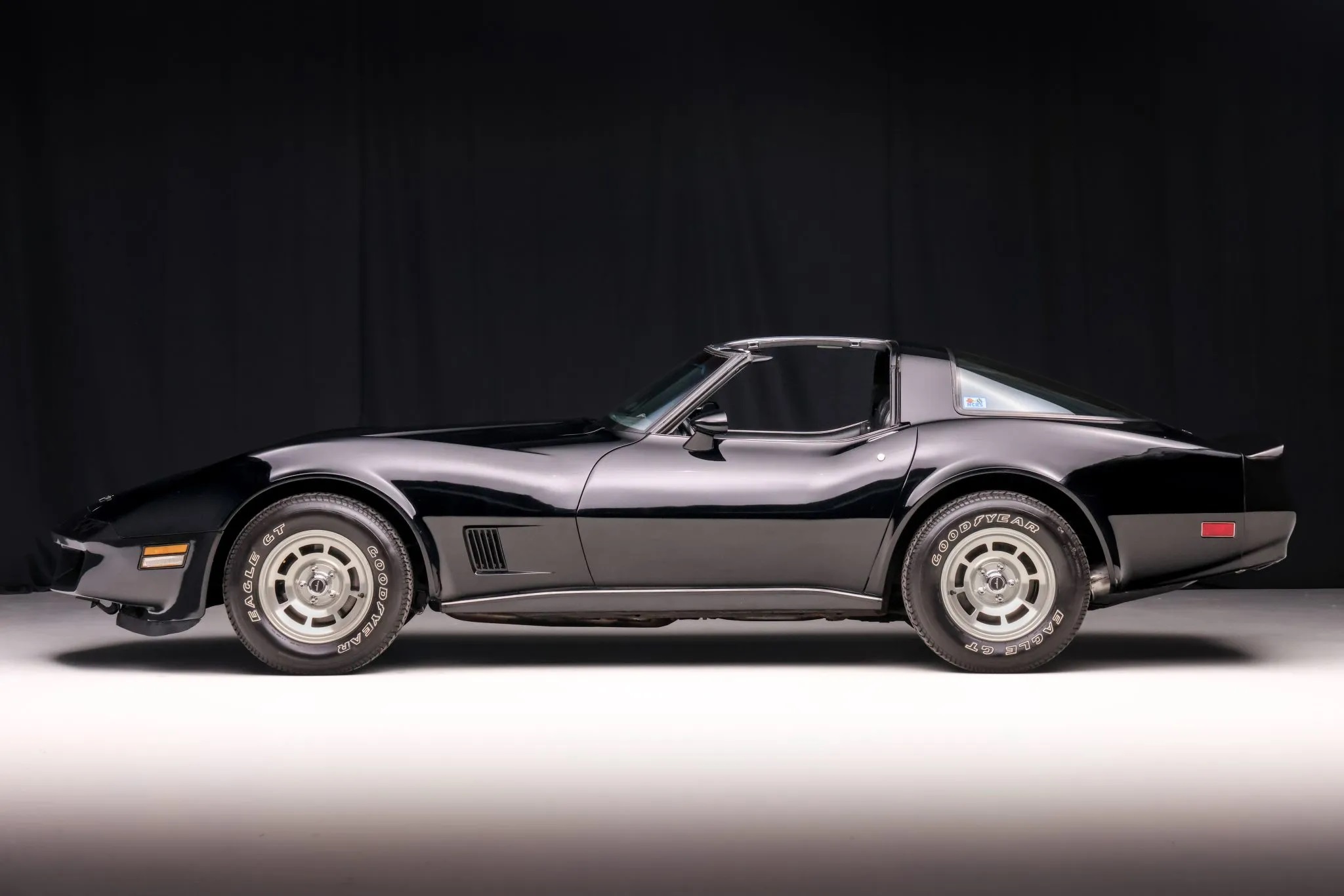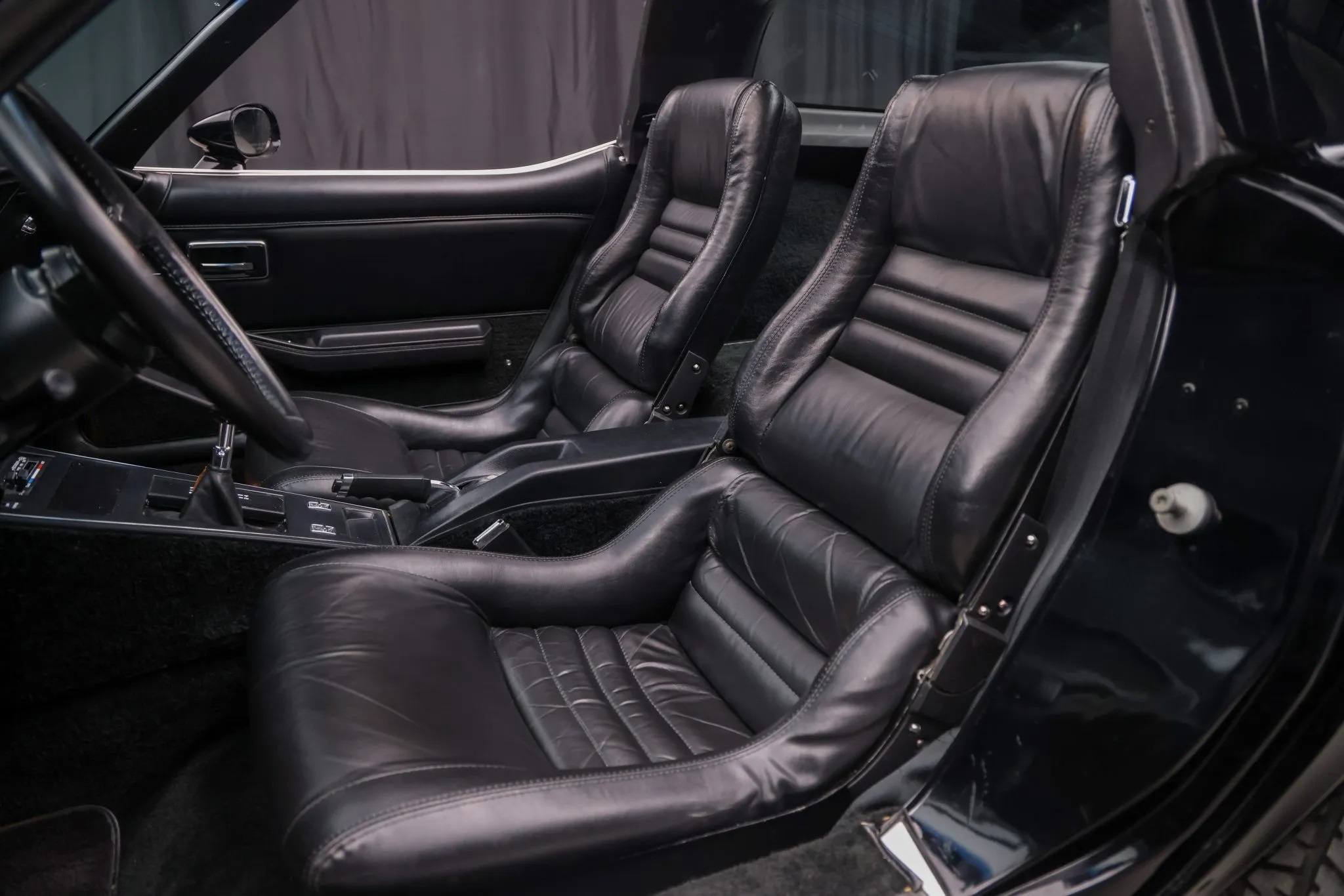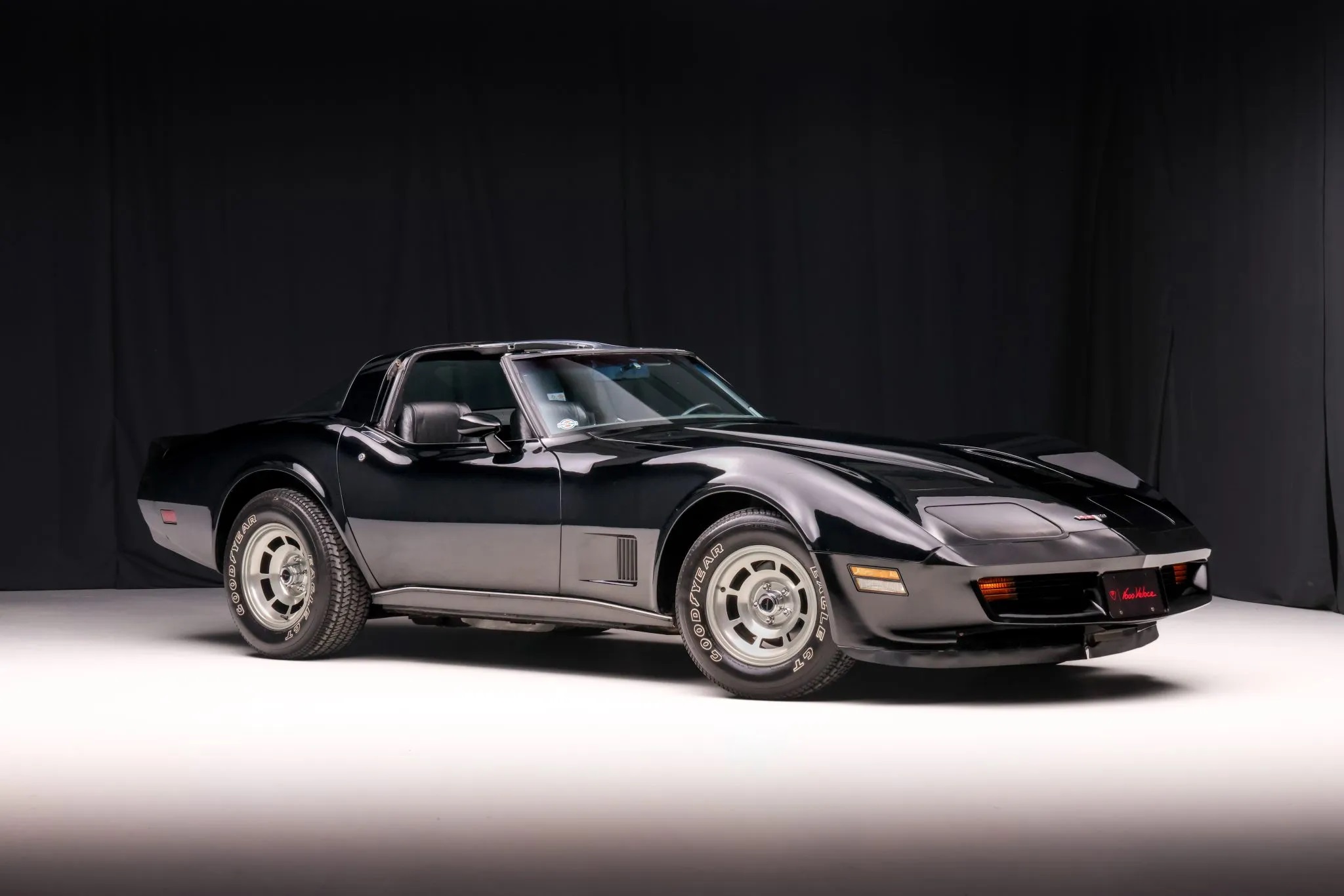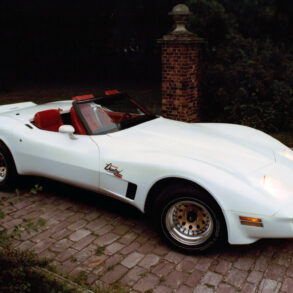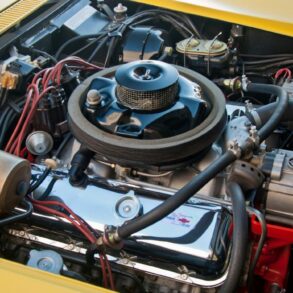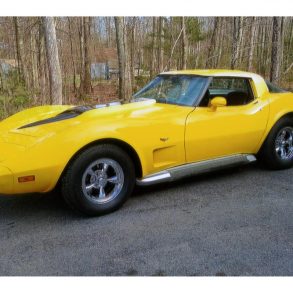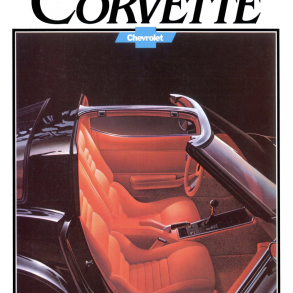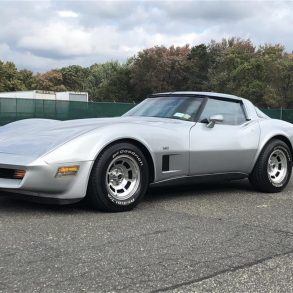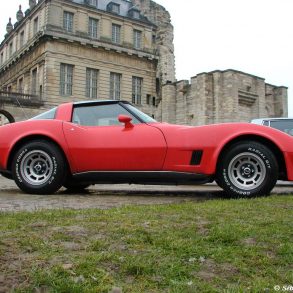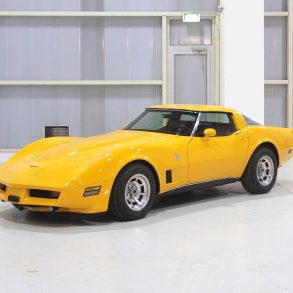From the mid-1970s to the mid-1980s, automakers responded to stricter emissions and safety regulations, along with rising insurance concerns for performance cars, by offering vehicles with enhanced style.
Throughout the late 1970s, the Chevrolet Corvette provided an impressive array of standard and optional features, creating a luxurious sports car equipped with leather interiors, AM/FM stereo systems featuring 8-track or cassette players, power seats, windows, and locks, air conditioning, power steering and brakes, stylized aluminum wheels, twin remote-controlled sideview mirrors, and more.
While lacking the high-performance reputation of earlier models, these late 1970s and early 1980s Corvettes appealed to individuals seeking daily usability, extended road trips, and overall comfort. Moreover, they often boasted exceptional handling, making them a practical choice. Despite criticism from performance enthusiasts of the time, buyers drawn to stylish aesthetics, comfort, and abundant accessories found the Corvette to be a compelling option.
Mechanically, the 1980 Corvette suffered some because of increasingly stringent emissions regulations. The base L48 engine, which had been rated at 195 horsepower in 1979, lost five bhp as a result of emissions tuning – taking it back to 190HP at 4,400rpm and 280lbs/ft. of torque at 2,400rpm. Worse was the impact that California emission standards had on the Corvette.
Photo Source: Bring A Trailer


